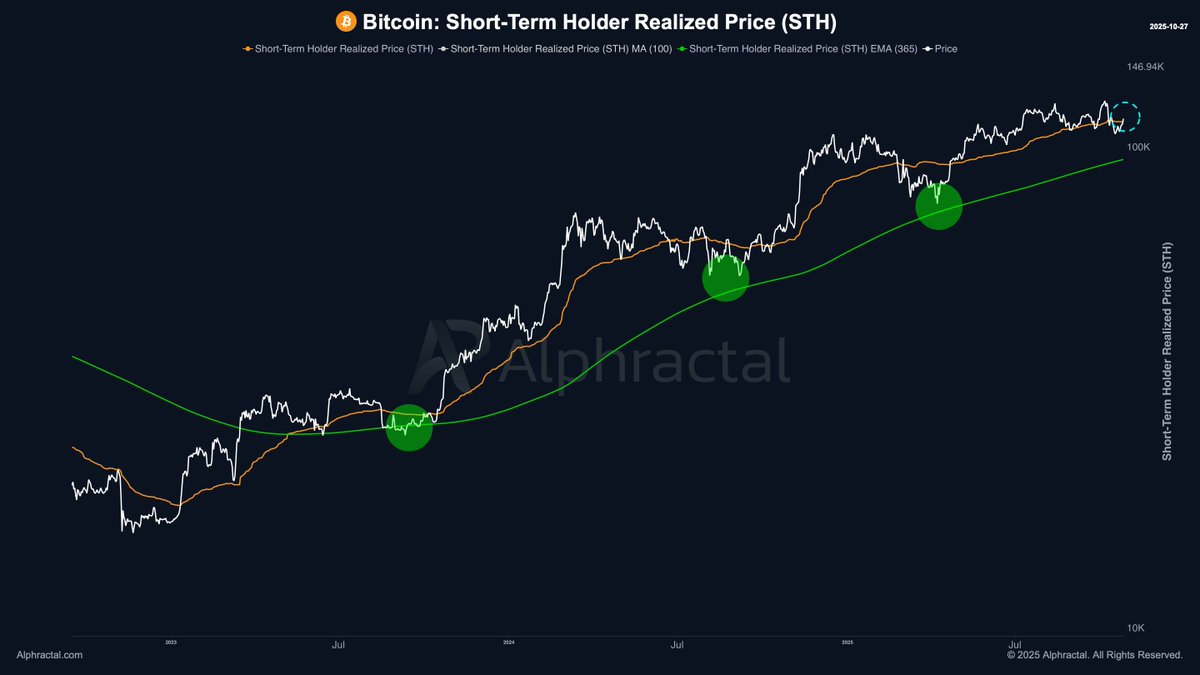Ethereum ICO Whale Awakens After 8 Years – 1,500 ETH Sent to Kraken After 8 Years
Ethereum (ETH) is struggling to reclaim higher levels as the broader crypto market consolidates following the recent crash. Despite short-term weakness, several analysts suggest that ETH may be entering a bullish accumulation phase, with price action stabilizing around the key $4,000 level—a zone that has historically served as both strong resistance and support. The asset’s resilience amid market uncertainty reflects growing confidence in Ethereum’s long-term fundamentals and network activity.
Adding to the intrigue, on-chain data from Lookonchain revealed that an Ethereum ICO participant has re-emerged after nearly eight years of dormancy, transferring 1,500 ETH—worth approximately $6 million—to Kraken for the first time. This wallet originally received 20,000 ETH during Ethereum’s 2015 genesis sale, purchased for roughly $6,200, which would now be valued at more than $80 million.
Such rare movements from early holders often capture the market’s attention, as they can signal renewed engagement or strategic repositioning. While Ethereum’s price remains in a consolidation phase, the network’s long-term value narrative—driven by layer-2 scaling, staking growth, and DeFi activity—continues to strengthen. If the current range holds, ETH could be positioning for a recovery as market confidence rebuilds.
Dormant Ethereum Whale Awakens After 8 Years
According to a recent report by Lookonchain, an early Ethereum participant—identified as wallet 0x3690—has resurfaced after nearly eight years of inactivity, sparking renewed discussions across the crypto community. This address was one of the original Ethereum ICO wallets, receiving 20,000 ETH at genesis in 2015 for a total investment of just $6,200. At current prices, that stash would be worth roughly $80.42 million, representing an extraordinary 12,971x return.

On October 27, 2025, the wallet sent 1,500 ETH (around $6 million) to Kraken, marking its first-ever on-chain movement since Ethereum’s launch. Such activity from early holders often raises questions about investor sentiment and potential market shifts—especially as the broader crypto market remains in a fragile consolidation phase.
While the transfer does not necessarily signal an immediate sell-off, it underscores how long-term participants are beginning to reposition as Ethereum hovers near the $4,000 level. Analysts suggest that the coming weeks will be decisive for the market, as both Bitcoin and Ethereum approach critical technical and psychological thresholds ahead of the US Federal Reserve’s next policy decisions.
If Ethereum manages to hold its current range and sustain network engagement, it could confirm the start of a new bullish accumulation phase. Conversely, a breakdown below support might extend the correction before a stronger rebound forms later in the quarter. In either case, this event serves as a reminder of Ethereum’s resilience—and how early conviction in the network’s vision has yielded historic returns for those who held through multiple cycles. The market now watches closely to see whether this renewed on-chain activity signals a turning point or a moment of reflection before the next major move.
Ethereum Struggles To Break $4,200 As Consolidation Tightens Around Key Support
Ethereum (ETH) is trading near $3,993, attempting to regain strength after weeks of sideways action. The chart shows ETH struggling to break above the $4,200 resistance, a level that has repeatedly rejected price advances since early October. The 50-day moving average (blue) currently aligns with this resistance, reinforcing it as a critical barrier that bulls must clear to confirm a short-term reversal.

Below, the 100-day (green) and 200-day (red) moving averages provide solid structural support near $3,800 and $3,300, respectively. The convergence of these levels suggests that Ethereum remains in a broad consolidation range, with limited momentum on either side as the market digests recent volatility.
A decisive close above $4,200 could open the path toward $4,500–$4,700, where liquidity from previous highs remains. Conversely, a breakdown below $3,800 would expose ETH to deeper retracements toward the $3,500 zone, where buyers previously stepped in during September’s correction.
Market sentiment appears cautious but not bearish. Ethereum’s ability to hold near the $4,000 psychological level despite the broader market slowdown indicates resilience. As macro uncertainty persists, ETH’s next move will likely depend on whether buying pressure strengthens ahead of the Federal Reserve’s policy update this week.
Featured image from ChatGPT, chart from TradingView.com









